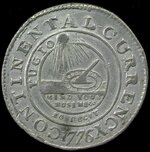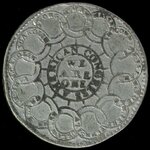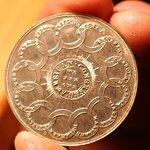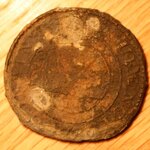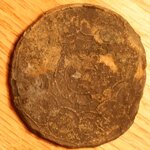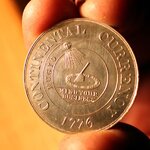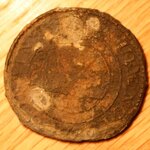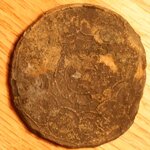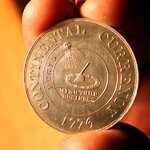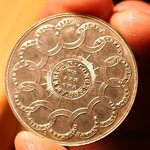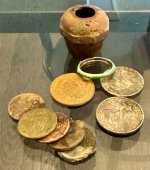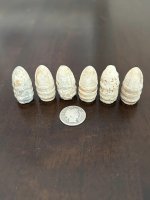Patriot474
Jr. Member
- Aug 22, 2010
- 35
- 0
Found this in a pawn shop for $5, its been in there it seems since I can remember (2-3 years?) but never had a price tag on it and it just set there amongst watches and other things as you think it was display only thing.
I cant tell the metal its made of, pewter? clad? not certain. Currency is spelled Curency which dont mean its fake as real versions have mispelled it from my research.
here is the pictures, it looks worn down which is why I decided to grab it. If its a fake or replica, its a darn good one. Not to mention when it was struck, it wasnt completely centered either as you can tell by the rim.
Going to also note as far as I know the owners never researched it and assumed it to be a replica. I think overheard one of them say it came in a case or box someone pawned, not sure.






I cant tell the metal its made of, pewter? clad? not certain. Currency is spelled Curency which dont mean its fake as real versions have mispelled it from my research.
here is the pictures, it looks worn down which is why I decided to grab it. If its a fake or replica, its a darn good one. Not to mention when it was struck, it wasnt completely centered either as you can tell by the rim.
Going to also note as far as I know the owners never researched it and assumed it to be a replica. I think overheard one of them say it came in a case or box someone pawned, not sure.








